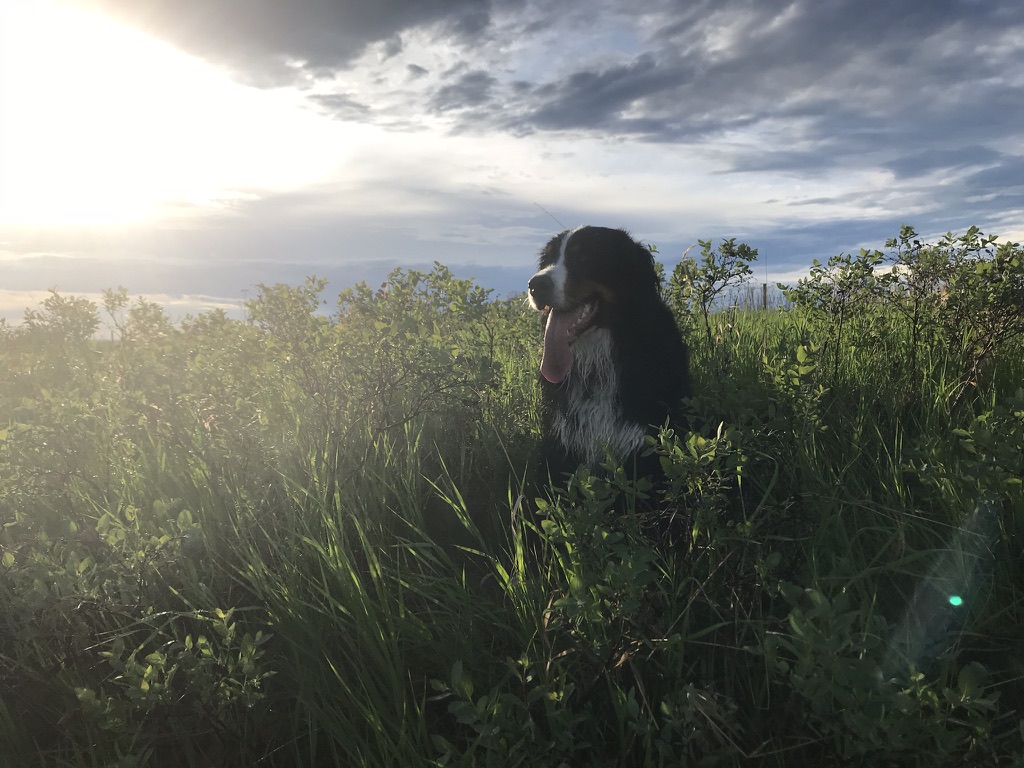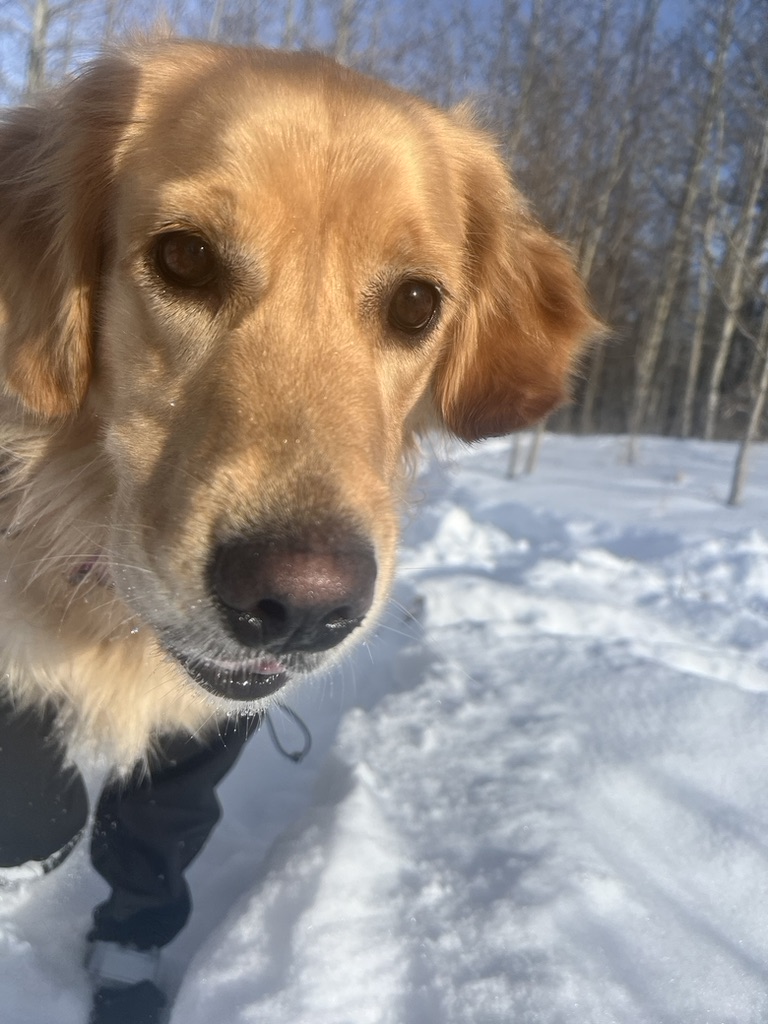Invasive species are a heck of problem.
They usually have few predators and displace organisms native to the area.
Scientists have found a way to fight against these horrors with….um…horror.
Read on!
#Science
🧵
They usually have few predators and displace organisms native to the area.
Scientists have found a way to fight against these horrors with….um…horror.
Read on!
#Science
🧵
Mosquito fish, as invasive species, have little to fear. Once out of their natural habitats of North America they strut around rivers and lakes with the confidence of Beaker being protected by Bunsen.
They reproduce quickly AND stuff there just doesn’t eat them.
They reproduce quickly AND stuff there just doesn’t eat them.

Named the mosquito fish because they nibble on mosquito larva- they were introduced in Australia (why is it ALWAYS Australia pick a different country folks) to help with mosquito population. Well that backfired and now these fish are freaking pests.
Small, adorable, annoying.
Small, adorable, annoying.
So some scientists watched one too many movies about dystopian futures and decided - let’s make a robo-fish to hunt them down.
The tech didn’t work, but they did make a robo-fish that mimicked the natural predator.
(The Largemouth Bass)
The tech didn’t work, but they did make a robo-fish that mimicked the natural predator.
(The Largemouth Bass)

When the robofish was in the same area as mosquito fish it seriously affected their mental health. Think if Jason from Friday the 13th worked beside you at work.
The mosquito fish were so stressed they lost weight and couldn’t reproduce well.
Terror worked.
The mosquito fish were so stressed they lost weight and couldn’t reproduce well.
Terror worked.

So instead of mass trapping or poisoning, scientists and conservation officers now have one more tool.
Robotic fish made to mimic the predators of mosquito fish that are so terrifying, it literally stresses the fish to smaller numbers.
Robotic fish made to mimic the predators of mosquito fish that are so terrifying, it literally stresses the fish to smaller numbers.

If you liked this thread:
1. Follow Bunsen and Beaker! We communicate science every day with a dose of kindness and empathy!
2. Subscribe and listen to:
The Science Pawdcast! It’s a wholesome show with science, pets and amazing scientists!
bunsenbernerbmd.buzzsprout.com
1. Follow Bunsen and Beaker! We communicate science every day with a dose of kindness and empathy!
2. Subscribe and listen to:
The Science Pawdcast! It’s a wholesome show with science, pets and amazing scientists!
bunsenbernerbmd.buzzsprout.com
• • •
Missing some Tweet in this thread? You can try to
force a refresh


















